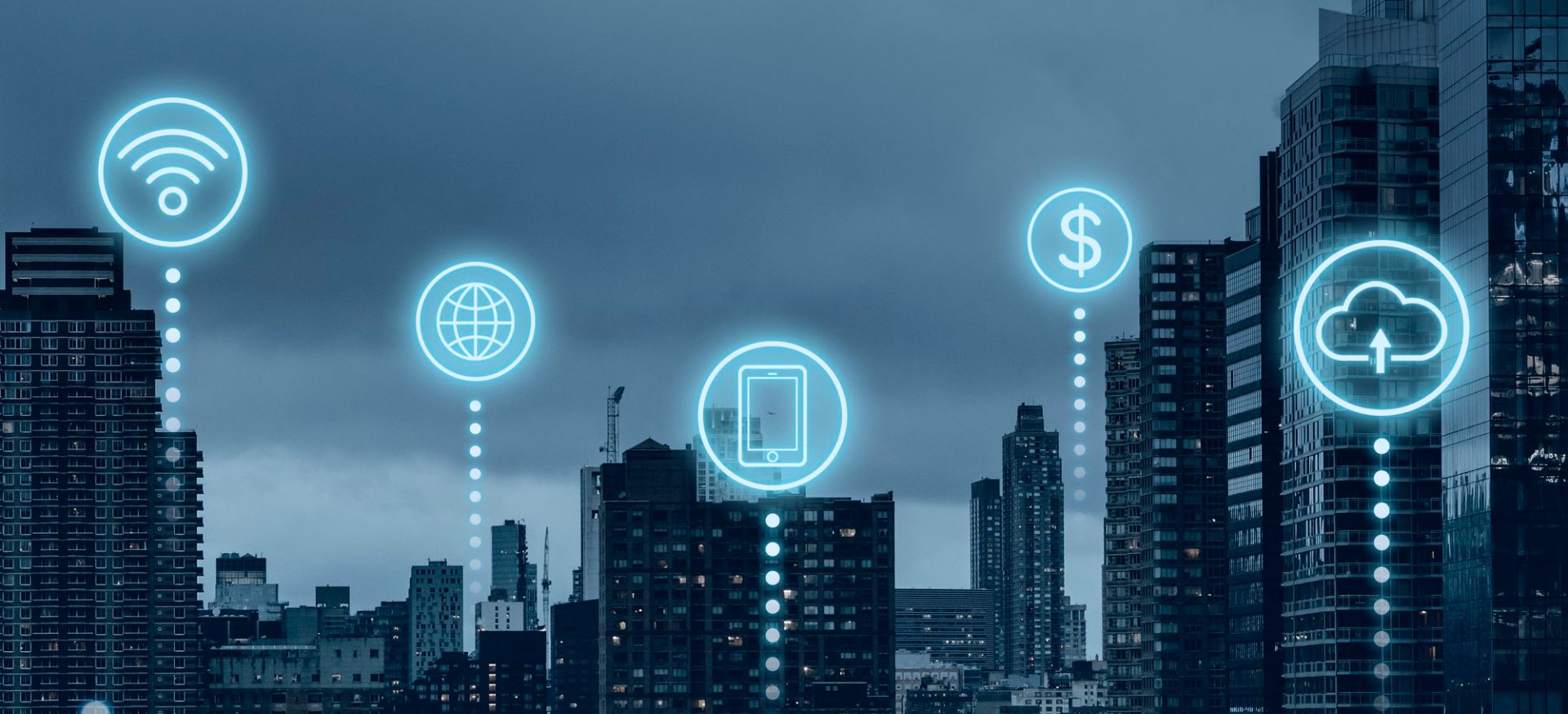IoT an Essential Tech, Giving Businesses Speed to Pivot, Transform, and Survive
The digital transformation used to be discussed exclusively with a long-term mindset. CIOs and CDOs created multi-year plans of diverse custom initiatives with carefully staged rollouts. That was the strategy. Then came COVID-19. In a few short months, we learned that speed to transform was no longer a nice to have—it was essential for survival.
I’m sure you’ve seen this in your community. Countless businesses have struggled to stay open and to remain viable because they could not adapt to this new reality fast enough. Since March 2020, the U.S. alone has lost more than 3.3 million businesses.
But some businesses did learn to adapt. They learned how to adjust their business models, implement key changes, and reduce risk in a very uncertain environment. I believe that adapting at this speed will become a new business requirement now that we have shown it is possible. We will have to do this to remain competitive, not just to survive pandemics.
IoT Implementation A Growth Engine Beyond IT
We believe this is the beginning of a new Intelligent Solutions era as I spoke about at Lenovo Tech World 2020. An era won by the ability to move with speed and scale. An era where you can transform as fast as your business demands because you have confidence that your solutions are proven and ready to scale.
That’s why we are working to make buying and owning an enterprise solution as simple and straightforward as buying and owning a PC. Until recently, enabling this transformation proved challenging because of the difficulties in scaling solutions, ensuring reliability, and deploying and managing devices. No one vendor could solve this, leaving organizations to develop their own proprietary solutions, which are expensive to build and maintain or create through establishing partnerships, which is time-consuming and takes ongoing resources to support.
Think about it: a PC is made up of many parts from many suppliers. You don’t mix and match each PC component by yourself, run proof-of-concept tests, create custom applications for every function, and then custom order devices where you are the only one in the world with that device. It would be too risky and incredibly inefficient.
The same goes for commercial IoT. We have been looking at every component individually and trying to integrate a solution that is just right for our business. But in doing that, we have also created something that is unique and harder to manage long term. The more custom software, the more consulting, and the more first-of-a-kind work you do may create some very interesting demonstrations. But this also creates incredible challenges when it comes to scaling and managing over time. From security, to reliability, to serviceability, custom work creates difficult challenges in the long run and can make a solution that seemed perfect on Day 1 seem very expensive and difficult by the end of Year 1 or 2 or 3.
As you expand solutions outside of your data center and outside of the cloud and into your physical buildings, manufacturing plants, healthcare facilities, retail stores, educational institutions and more, you will need to not only find solutions that work, but solutions that scale with a partner who has experience building and supporting technology globally.
Making IoT Simple for Businesses
This value applies to all types of businesses, regardless of their technology expertise. Digitization of buildings can be split into two tracks: Infrastructure and Systems and Data and Insights. Infrastructure and systems covers everything from the underlying network, the sensors, and devices to the compute infrastructure that runs Operational Technology management applications. This intersection is where IT Operations teams can play a role in the digital transformation of real estate.
Building systems collect large amounts of data—however many building operators do not have what they need to use this data to help them build, run, and update these buildings. This is where Lenovo comes in: allowing them to focus on their expertise in analytics and data and operations, while we help them to validate scalable enterprise solutions and ensure successful deployments across their sites are effectively maintained during their lifecycle.
What’s Next? A Tech-Enabled Renaissance
Not many of us can predict the future with a strong degree of accuracy. Certainly, the pandemic has been the Black Swan few of us could have foreseen; however, we can be ready for the future by understanding the changing customer and end-user expectations and investing in technology to bring us closer to fulfilling those needs in the most efficient and intelligent way. Many scholars claim the disruption caused by the Black Death contributed to the Renaissance following it. As society responds to the disruption caused by COVID-19, a technology-led transformation should be on all our leader’s minds as IT becomes a critical driver of business performance.


